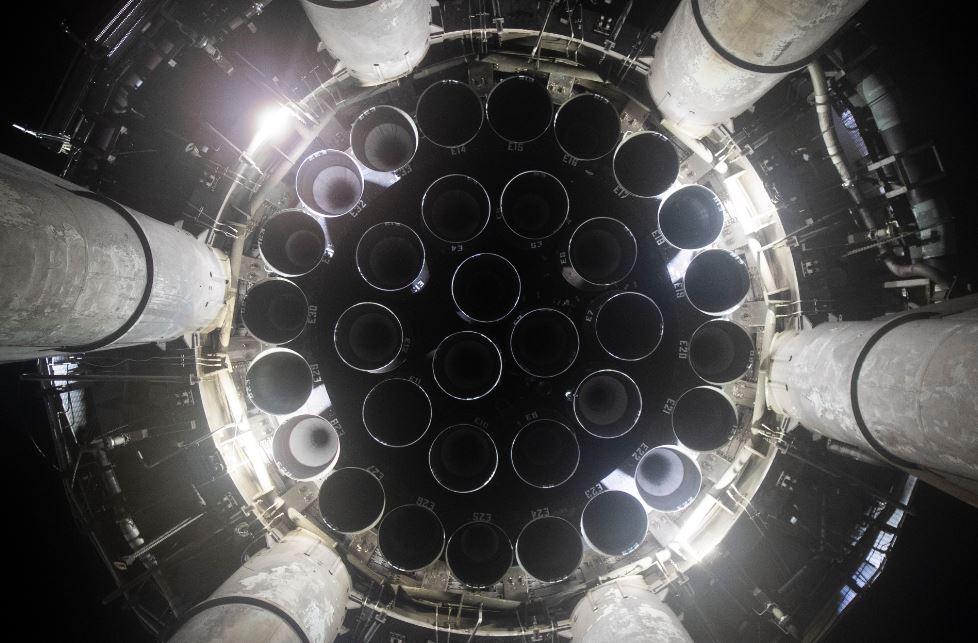Every weekend, an image that made the news or caught our attention. On February 9, at the Boca Chica test site in south Texas, SpaceX fired almost all the engines of its megalauncher for a few seconds.
Previoulsy in Boca Chica
Last great static fire was made on November 29 2022 with 11 Raptor 2 engines installed on Booster No. 7, a first stage of SpaceX'sSuper Heavy megalauncher.
The test runned for 13 seconds on Starbase, SpaceX's test base near Boca Chica, in far south Texas along the Rio Grande and the Mexican border.
Two weeks earlier, on Nov. 14, it was 14 Raptor 2 engines that had been successfully fired simultaneously.
In addition, during a " wet dress rehearsal " conducted on Jan. 24 SpaceX had validated the sequence of fully filling the launch vehicle in its final configuration, erected along its support tower and topped with a prototype of the Starship.
Short but impressive
As announced the day before by its president Gwynne Shotwell, SpaceX on Feb. 9 took it to the next level, this time lining up 33 Raptor 2 engines on Booster No. 7 - " a big day " ahead for the California-based launch operator.
The static firing test started at 3:13 p.m. local time amid a deafening din.
It lasted a mere 8 seconds, but proved quite impressive, and visibly ended with a somewhat sluggish engine burnout.
Elon Musk was quick to point out on his Twitter account that the launch team shut down one of the engines, just before ignition, and another shut down on its own.
But the engineer considers that the 31 engines that worked properly would have provided enough thrust to complete an orbital flight.
Already historic
At any rate, never before has a manufacturer ignited so many rocket engines at once.
And the power developed during 8 seconds was probably the greatest in the history of astronautics.
Also, it must be noted that the concrete slab underneath the flames withstood the fire perfectly, as did the support tower.
" Keep in mind that this first static test is really a dry run...and the real goal is to not blow up the launch pad " had said Gwynne Shotwell on Feb. 8 in Washington, D.C., at the 25th Federal Aviation Administration Commercial Space Transportation Conference.
Next step in March ?
By successfully completing this delicate static test, SpaceX is one step closer to the long-awaited orbital test flight, which Elon Musk deemed achievable sometime in March, in an exchange on Twitter on Feb. 4 " If the remaining tests go well, we will attempt to launch a spacecraft next month. [...] Success is far from certain, but excitement is guaranteed. "
And declaring on Feb. 9 :" Someday, Starship will take us to Mars ".
Online
Images from the Feb. 9 static test are online at https://twitter.com/SpaceX/status/1623790980028829696
Aerial views were also taken using drones and can be seen at https://twitter.com/SpaceX/status/1623812763415093249
Découvrez cet article sur Air&Cosmos

